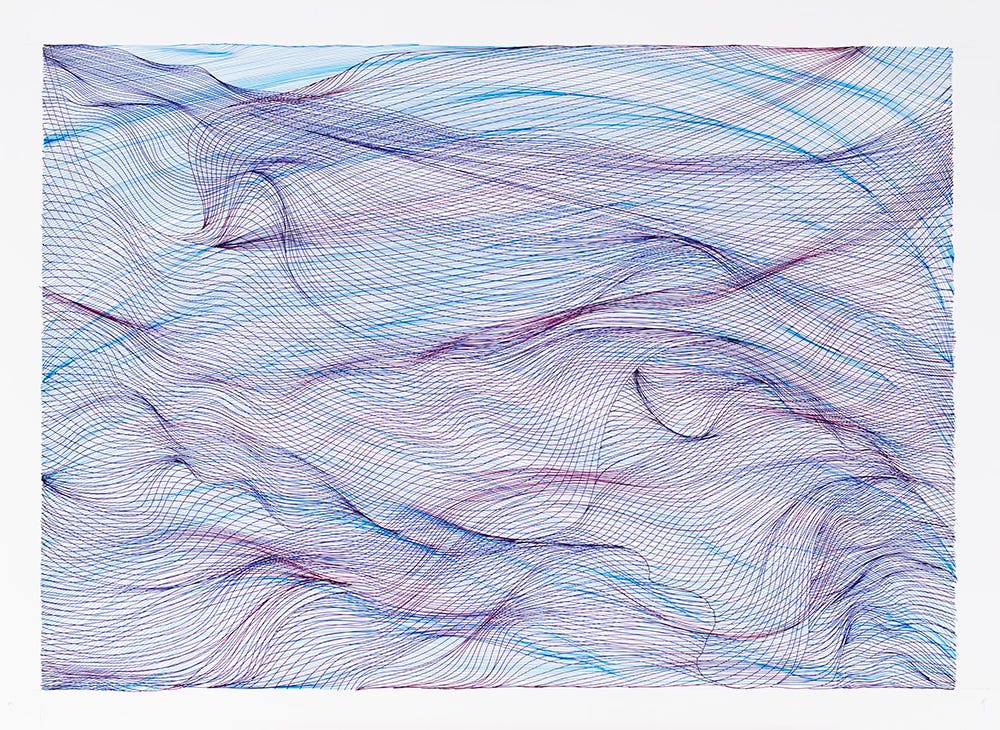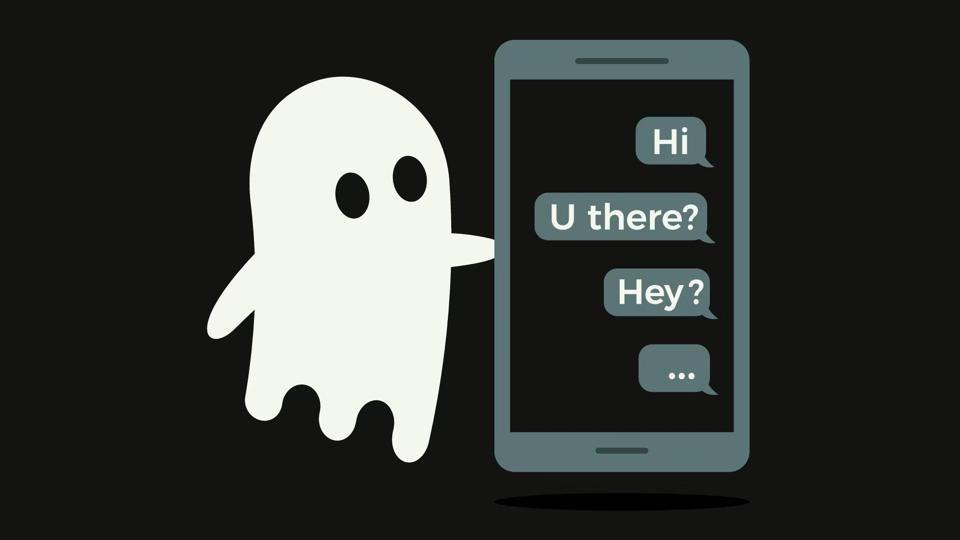Dating App Diaries
Learning to navigate ghosting, fleeting sparks, and real connections in the dating app era -- with a little help from music
Why I Started This Series
Dating App Diaries is the start of something new I want to share: a series about what it’s like stepping back into dating after decades away.
Yes, scams are part of it — and I’ve written about that already — but this isn’t just a scam story. It’s about the messy, surprising, sometimes hopeful experiences of trying to connect in today’s world.
From ghosting to long phone calls, from fleeting sparks to awkward dead ends, it’s all part of what I’ve been living. And because I’m also on the autism spectrum, every encounter carries its own weight: reading signals, second-guessing intentions, trying to be open without being naïve.
This is about dating, yes, but it’s also about longing, resilience, and what it means to keep showing up.
Songs as Mirrors
Recently, I’ve also begun listening to music on my walks.
It’s not something I always did. In fact, I used to prefer silence, treating walking almost like a meditation. But now, with earbuds in, the music seems to crack something open.
Songs I’ve heard hundreds of times before suddenly hit differently—not just as background noise, but as lenses through which I see my own life. This shift carried over into my art about a year ago: I never used to listen to music while drawing, but once I started, it was as if I had tapped a new current of energy.
One day not long ago, Chevelle’s “Send the Pain Below” came on.
I listened to it three times in a row and felt chills the entire time. I rarely listen to anything on repeat. But that day felt different. I hadn’t felt the music pulsating through my body like that before:
I liked having hurt
So send the pain below
Where I need it
You used to beg me to take care of things
And smile at the thought of me failing
But long before having hurt
I’d send the pain below
I’d send the pain below
Much like suffocating
Much like suffocating
Much like suffocating (I’d send the pain below)
Much like suffocating (I’d send the pain below)
You used to run me away all while laughing
Then cry about the fact ‘til I returned
But long before having hurt
I’d send the pain below
I’d send the pain below
Then, the line that hit me hardest: I can’t feel my chest.
It landed like a revelation. For years, I sent the pain below, hiding, holding in, protecting myself.
But that morning, I realized I’m trying to flip the script now: letting vulnerability rise to the surface, even publishing about being scammed—one of the hardest things I’ve ever hit ‘post’ on.
Walking has become more than just exercise—it’s a serious workout (90 minutes at a fairly fast pace, up big hills), but also a time of reflection. Some days I weave in single-track trails I also ride on my mountain bike, and lately I’ve begun spacing in short runs again, looking forward to introducing trail running.
So while it may look like a casual stroll, it’s actually both physical discipline and mental reset. The music adds a layer that directs my thoughts in unexpected ways.
Surprises and Ghosting
One of the earliest surprises came after my very first date.
The connection seemed real: we chatted online, had an hour-long phone call that felt like five minutes, and quickly set a date. Dinner went well, and in the parking lot afterward, it felt like we’d see each other again. But that never happened.
Instead, I got my first taste of ghosting.
Then there was the woman who promised, explicitly, “we won’t ghost each other.” After two very long phone calls, I believed it. But sure enough, silence followed.
Another connection told me she loved me within a week, then went away on assignment—and drifted off completely before she returned. Still another time, after a long evening call, we set a lunch date. By morning she texted: “I changed my mind.” It wasn’t ghosting, but it was the same outcome—disconnection, just more direct.
These early lessons taught me that expectations carried over from the pre-dating app era don’t quite fit.
Thirty years ago, silence after a date would have been shocking. Now it’s common. I’m learning to take each interaction with a grain of salt, not to put too much weight on any one conversation.
At the same time, I don’t want this series to sound like it’s only about disappointments. There have been real connections, moments of laughter, support, and real intimacy. Those matter too, and I’ll share more about them in future posts.
Bigger Picture
And to be clear: I don’t talk to dozens of people at once. Usually, it’s just a few—maybe four—conversations at a time. That’s intentional, because I learned early on that people disappear. I don’t want to put all my eggs in one basket until there’s a reason to.
Friends and family sometimes tell me, “What’s the rush?” or “You need to find yourself first.” Easy advice to give if you’ve had a partner for 30+ years waiting at home. For me, it’s different. I don’t want to stay stuck in solitude. I want companionship, someone to talk with, someone to share daily life with. That urgency doesn’t come from desperation, but from a deep recognition of how important connection is after years of not having it.
On another walk, Tool’s “Forty-Six & 2” dug into shadow work, reminding me that what’s hidden shapes how I love and connect:
I’ve been crawling on my belly
Clearing out what could’ve been
I’ve been wallowing in my own chaotic
Insecure delusions
I wanna feel the change consume me
Feel the outside turning in
I wanna feel the metamorphosis and
Cleansing I’ve endured in
My shadow
My shadow
Change is coming
Now is my time
Listen to my muscle memory
Contemplate what I’ve been clinging to
Forty six and two ahead of me
I certainly had delusions about the dating world, and was being changed by it daily. I still fight the urge to become entirely jaded.
Linkin Park’s “Somewhere I Belong” underscored my search for connection.
Nirvana’s “You Know You’re Right” carried a defiance that felt like a pushback against being dismissed.
Filter’s “Take a Picture” cut deep into family dynamics: “Hey Dad, what do you think about your son now?” alongside the reminder: “Can’t we all agree that no one should be left alone?”
Conclusion
The point isn’t that this was one perfect playlist—it could have been any number of songs. The act of listening, walking, reflecting, is what matters. Longing, secrecy, hope, heartbreak—they’re always inside me. The music just brings them to the surface.
In the end, these walks with music in my ears have become more than workouts or soundtracks. They’ve become a mirror for how I move through dating apps and real-life encounters—sometimes charged with urgency, sometimes weighed down with shadows, sometimes buoyed by hope that “somewhere I belong” is still out there.
Just as I let each song push me into new reflections, I’m learning to let each dating experience—whether it ends in ghosting, surprise, or connection—be part of the rhythm. Unlike ghosting or canceled dates, the music always shows up.
Dating after decades away is unpredictable — kind of like a playlist you never expected. Thanks for reading. You can subscribe for more, and if you’d like extra stories or resources, I’ve gathered them here.



